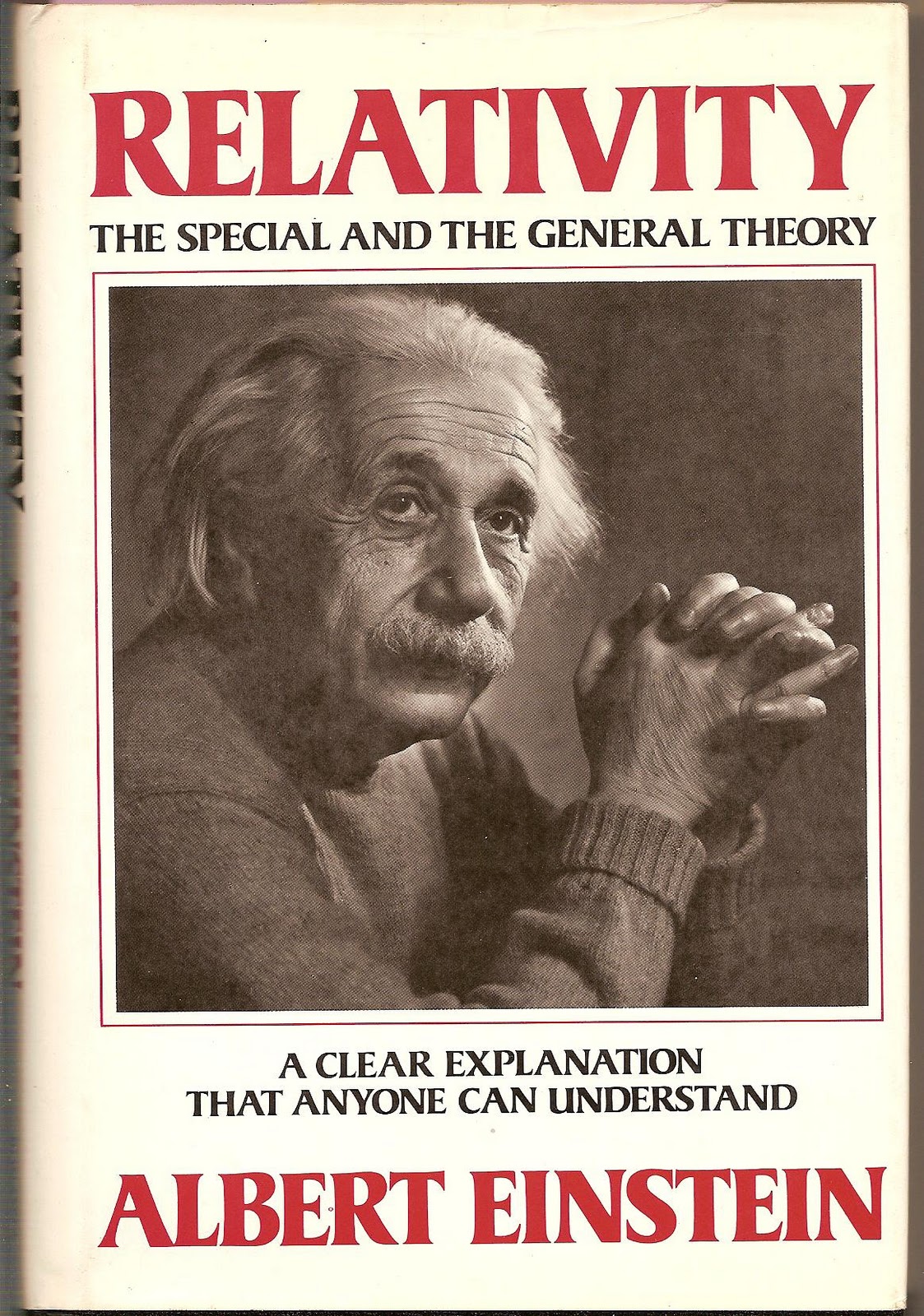
Although many people contributed to this discovery, we now refer to it as the “ Lorentz transformation”.

Then, at the turn of the 20th century, a new mathematical transformation was discovered that could preserve the structure of Maxwell’s equations when moving from one frame to another. It now looked like some frames were preferable to others when it came to describing events in nature. So an individual who is not moving can observe distinctively different physical phenomena than a person who is moving.Īll the beauty of invariance and irrelevance of observers that we had got used to in Newtonian physics was gone. Their form changes when we move from one inertial frame to another. Soon after Maxwell’s discovery, people realised that there is something strange when it comes to his equations. In 1865 James Clerk Maxwell published a set of equations that combined all these phenomena into a single phenomenon of “ electromagnetism”. The 19th century was a time of extensive study of the phenomena of electricity, magnetism and light.

So two individuals moving in different directions would see events unfold in the same way.Įven though formally these individuals would see things in a different way – one might say that things move from left to right, whereas the other might say they move from right to left – still the fundamental description of the unfolding events would remain the same, and the laws of physics derived by these individuals would have literally the same form.īut in the 19th century, people started noticing that not everything plays accordingly to this rule. regardless of which “ inertial frame” they are in – are equivalent when it comes to their description of the world around them. They also had a very appealing property: all observers, regardless of whether they are moving or not – i.e.


 0 kommentar(er)
0 kommentar(er)
